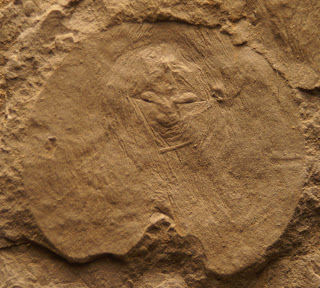The analyses are done. Because you are supposed to do an 'integrated approach' you are working on 'integrating' your data and doing an interpretation that fits in with everything.
After a short or long search for patterns (as a geologist you are at least talented in pattern-spotting), you will find that no easy existing model fits with all data (or worse: every existing model fits with all data) which gives you the chance to chose the model you like best and alter it a bit. You are using an auxilliary hypothesis which explaines why this model, which is adequate in general, is not working properly for the data you are involving.
The best ist to raise a whole set of model assumptions which are not easy to be proven or disproven. Imagine it as a daughter company, to which you can export your credit risks in order to keep the bilance of your adapted existing model clean.
If there are some new data that appear to falsify your model you are employing your daughter company of auxilliary theses to explain why they are not at all problematic.
Given your business concept is good you even manage to invert contradicting data - under the light of your additional theses they actually support your model.
As you can handle it flexibly, you can of course add to or remove from the stock of your daughter company at free will. A good idea is to pay attention to fashions (if 'Milankovich cycles' or 'metamorphic core complexes' or 'climate change' are en vogue you may think about including them).
Successful model constructors manage to give their constructs the appearance of inner coherence (e.g. by means of categories, definitions and a quantitative bluff package) and sell them to others who 'succesfully' convert them to new areas and problems.
And then everything collapses - some new conflicting data pushes your model to the point of absurdity. Usually the new data fit in with a much more parsimonious alternative model. And no one will understand how you could have been so stupid to overlook that possibility in the first place...
Theropods bit sauropods too!
vor 5 Monaten


